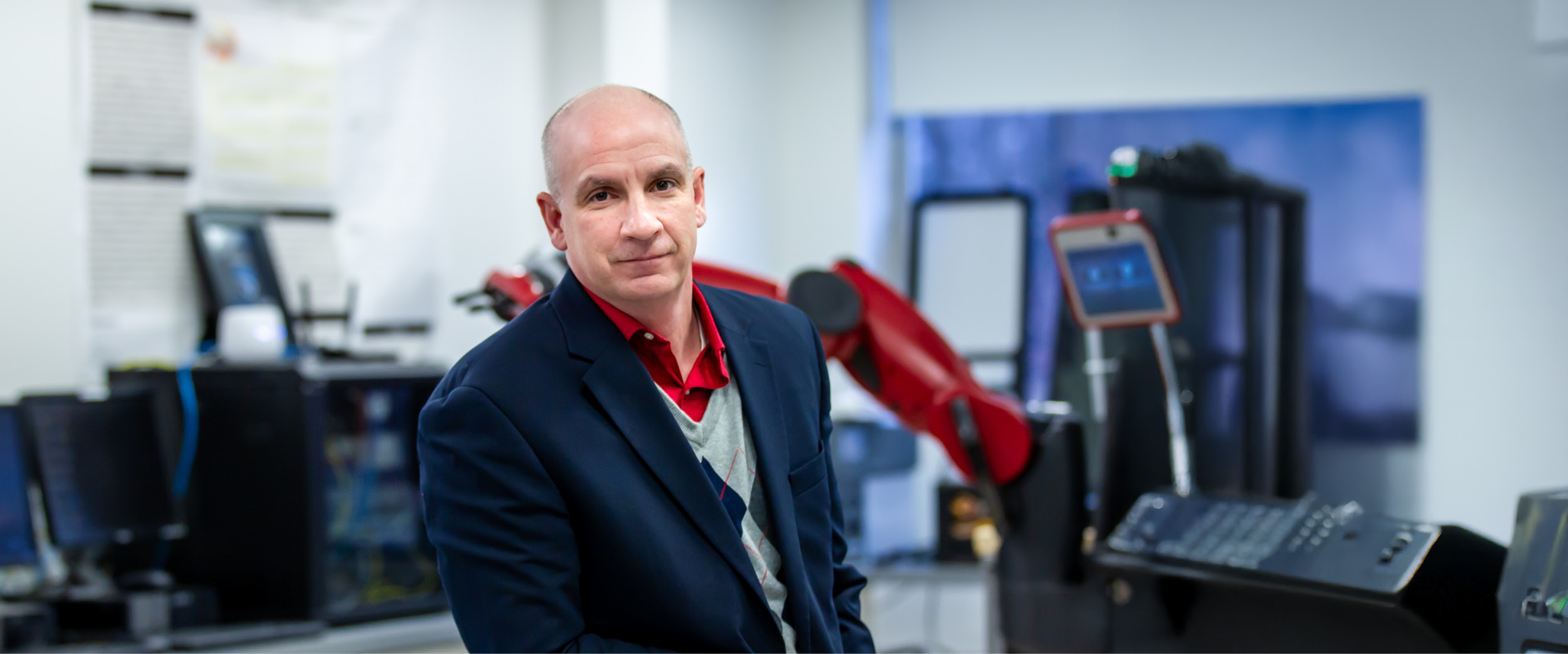
Successfully Transitioning From Idea to Prototype
Technology-based companies frequently encounter a series of challenges colloquially known as the “valley of death,” which is the period when startups develop ideas—some becoming patent-protected—that later fade away as the entrepreneurs are unable to find a contractor to build their prototype. An early-phase product model is critical to gaining investor support.
New York Tech’s Entrepreneurship and Technology Innovation Center (ETIC) helps companies and entrepreneurs struggling to build functional prototypes, writes Michael Nizich, Ph.D., director of the ETIC, in an article in CXOTech Magazine.
“At the ETIC, we help companies rocket over the valley effectively and affordably, regularly,” Nizich writes. “As a high technology prototyping center with the business acumen to help entrepreneurs meet their investor goals and requests, we’ve identified a few key factors to help entrepreneurs navigate the valley of death and transition into successful investor demos.”
The initial consideration is not to minimize the creation process—“this is a costly plunge into the valley of death that many entrepreneurs do not recover from.” Nizich suggests startups adopt a humble attitude as to how much work must be completed before their idea may come to fruition “and be prepared to see the whole project through regardless of what obstacles may present themselves along the way,” he notes.
The next consideration for entrepreneurs is to ensure their prototyping contractor understands both their business model and the market space they intend to enter. “If the contractor understands your goals and markets early in the process, then they can become a bigger part of the design process earlier, versus being just a tool to be called upon when needed,” he writes.
Finally, Nizich advises it is ideal for entrepreneurs to begin with the finished product in mind and work backwards. As prototyping companies are usually paid hourly, entrepreneurs will incur more costs if they are unsure of what their final product specs will look like. Considering elements such as look, weight, sound, and energy consumption will help to create a product specification more in line with the final version. “This can save you thousands of dollars and countless hours, days, or even weeks of design time and delays if you just think ahead a little.”
Read the full article.
More News
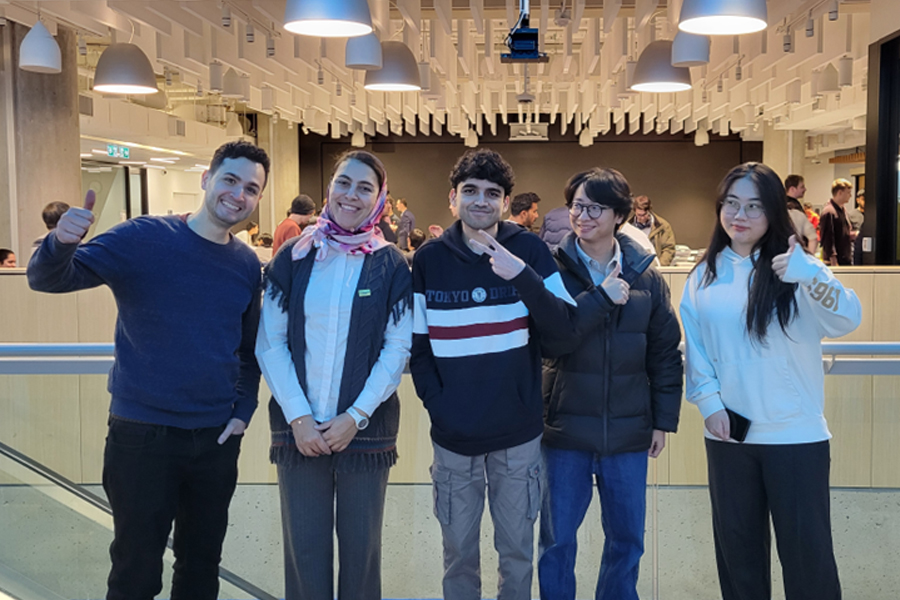
Vancouver Cybersecurity Students Hack Their Way to Third Place at CyberSci 2025 CTF Competition
New York Tech-Vancouver students achieved a significant milestone at CyberSci 2025, earning third place in the Vancouver region and 25th overall out of 86 teams across Canada.

Peer Success Guide Recognized at Conference
Computer science student Keerthi Kapavarapu visited San Francisco for the College Reading and Learning Association’s 58th Annual Conference, where she received the Outstanding Peer Educator Award.
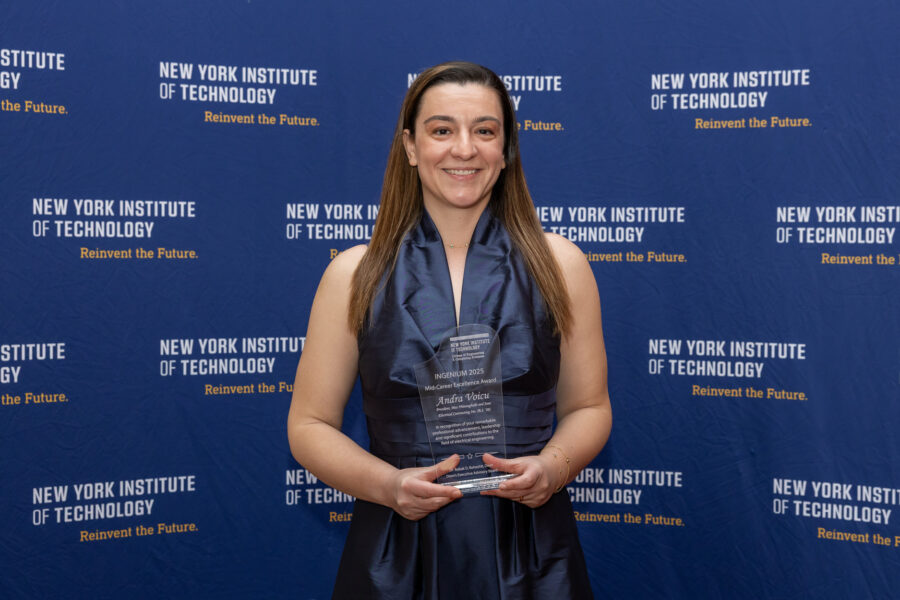
For the Love of Engineering
Andra Voicu (B.S. ’08) found the love of her life—electrical contracting—after joining her father’s business and working behind the scenes on municipal buildings projects in the New York area.

Student Veteran Spotlight: Dru Arana
Dru Arana joined the U.S. Navy to get field experience in construction and civil engineering. After a successful career, he decided to pursue a lateral shift into energy and sustainability engineering, enrolling in the College of Engineering and Computing Sciences.
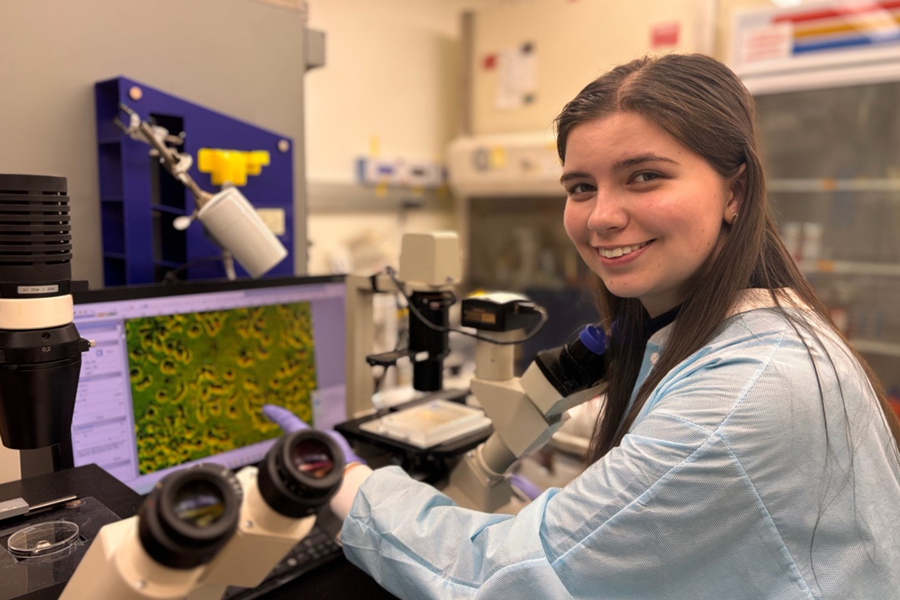
Intern Insight: Madalina Cupsa
Bioengineering student Madalina Cupsa began interning at The Mount Sinai Hospital in January and is now approaching one year as a research assistant.
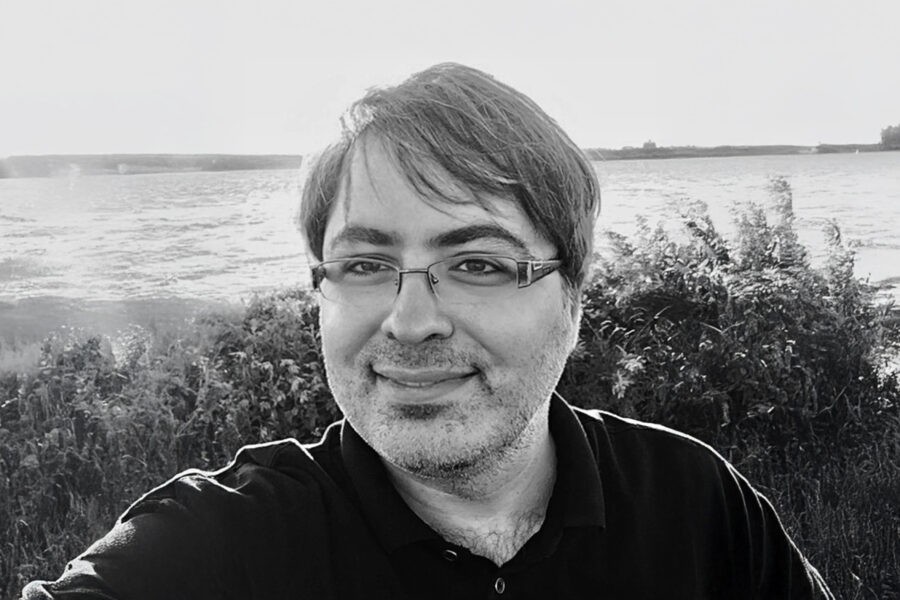
Engineering a Cancer Treatment Game Changer
A groundbreaking project co-led by the College of Engineering and Computing Sciences’ Steven Zanganeh, Ph.D., provides the world’s first functional, drug-testable, 3-D-printed human colon model.